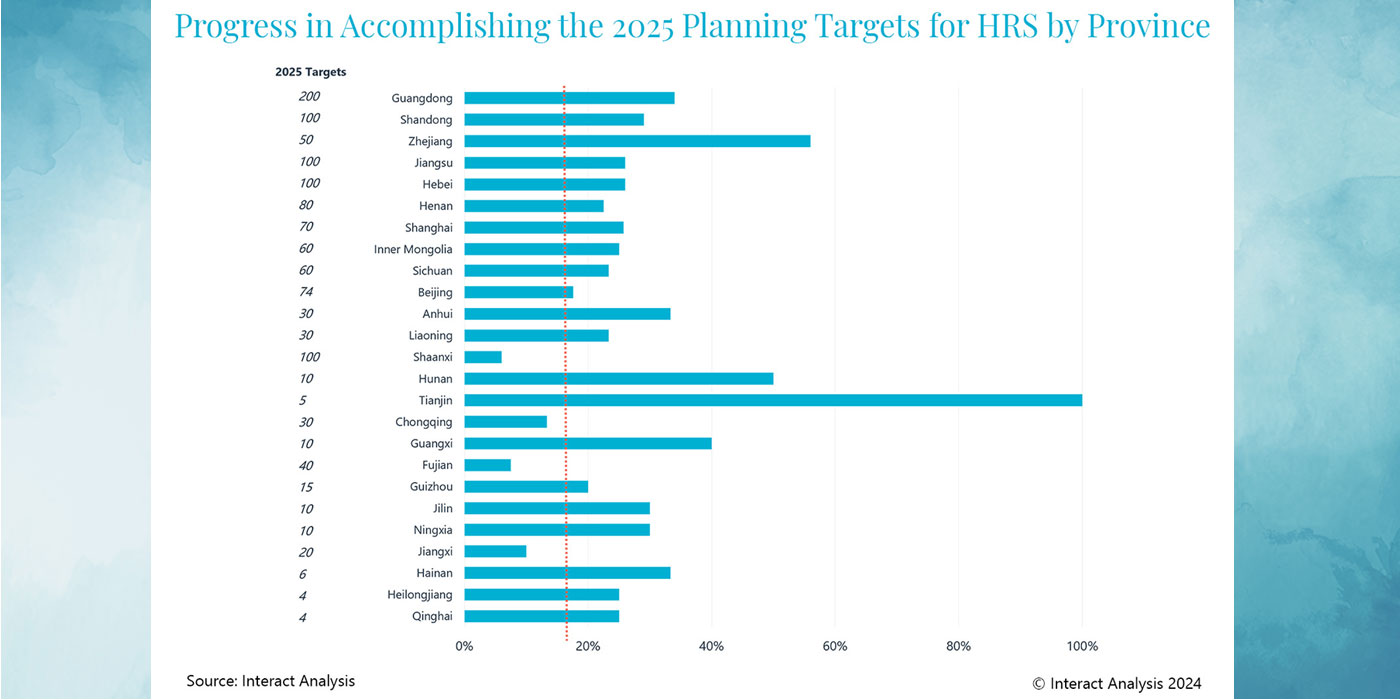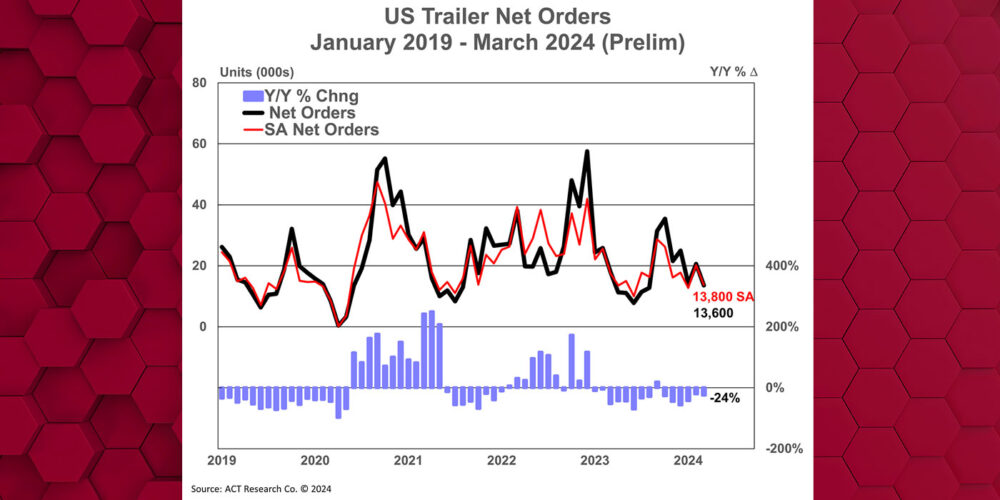In 2021, 67 million tons of pollution were released into the atmosphere, a staggering amount to say the least. To put this number into perspective, if we assume that the average weight of a truck/trailer is 80,000 pounds, then the amount of pollution released would be equivalent to the weight of 1,675,000 heavy-duty trucks. This gives us a better understanding of just how much pollution was emitted and its potential impact on the environment.
Given the significant contribution of the transportation industry on emissions, it’s unsurprising that the Biden-Harris Administration recently put forth increasingly ambitious federal vehicle emissions standards for passenger vehicles, light- and heavy-duty trucks as a means of addressing this major contributor.
While the proposed standards represent the strongest pollution reduction ruling in U.S. history, these actions follow in the footsteps of a previously established vision set out in President Biden’s Executive Order issued on August 2021, Strengthening American Leadership in Clean Cars and Trucks.
These standards combined are suggested to reduce emissions by nearly 10 billion tons over the lifetime of the vehicles sold under the program, which would be in effect from 2027-2055. Overall, the EPA estimates that the benefits of the proposed standards would exceed implementation costs by at least $1 trillion.
What does that mean for the commercial transportation industry?
The new proposed emissions standards for light-, medium-, and heavy-duty vehicles focused on model year 2027 and beyond would significantly reduce harmful air pollution and at the same time, would lower maintenance costs and deliver significant fuel savings for drivers and truck operators.
The total projected net benefits of the light- and medium-duty proposal range from $850 billion to $1.6 trillion between the years of 2027 and 2055. This proposal alone is expected to avoid 7.3 billion tons of CO2 emissions through 2055, equivalent to eliminating all greenhouse gas emissions from the entire current U.S. transportation sector for four years.
The EPA’s proposal considers a broad offering of available emission control technologies with standards designed to allow manufacturers to meet the performance-based needs while contributing to a greener society. Some specific use cases include the widespread use of filters to reduce gasoline particulate matter emissions and spur greater deployment of CO2-reducing technologies for gasoline-powered vehicles.
The heavy-duty EVolution enters Phase 3
This set of proposed standards from the EPA comes in the form of Phase 3 of the Greenhouse Gas Standards for Heavy-Duty Vehicles. The Phase 3 standards complement the criteria of pollutant standards for model-year-2027-and-beyond heavy-duty vehicles from the EPA Clean Trucks Plan, which was finalized back in December 2022.
Because the heavy-duty industry houses various types of vehicles used for many different purposes, the proposed standards for heavy-duty vehicles are to be flexible and use a performance-based approach, which means that manufacturers can achieve compliance efficiently based on their fleets’ composition. This approach allows manufacturers to meet the standards using various technologies and methods, depending on the types of vehicles they produce and the tasks those vehicles are designed to perform.
By allowing manufacturers to tailor their compliance strategies based on their fleet composition, the standards can be more flexible and effective in reducing greenhouse gas emissions from heavy-duty vehicles.
The acceleration of EVs in light-, medium-duty applications
One of the key components for reaching the zero-emissions target is, of course, the increased adoption of battery-electric vehicles. According to the EPA, electric vehicles (EVs) are projected make up 67% of new light-duty vehicle sales and 46% of new medium-duty vehicle sales by 2032. The proposed standards for light-duty vehicles would result in a 56% decrease in greenhouse gas emissions compared to the current standards for 2026 and the proposed medium-duty vehicle standards would result in a 44% decrease in greenhouse gas emissions.
The projected net benefits of the heavy-duty proposal range from $180 billion to $320 billion, and it is projected to avoid 1.8 billion tons of CO2 through 2055.
The next 10-15 years will represent a large portion of sustainable transport efforts as the federal proposal aims to accelerate the development and adoption of electric vehicles and other low-emission technologies.














